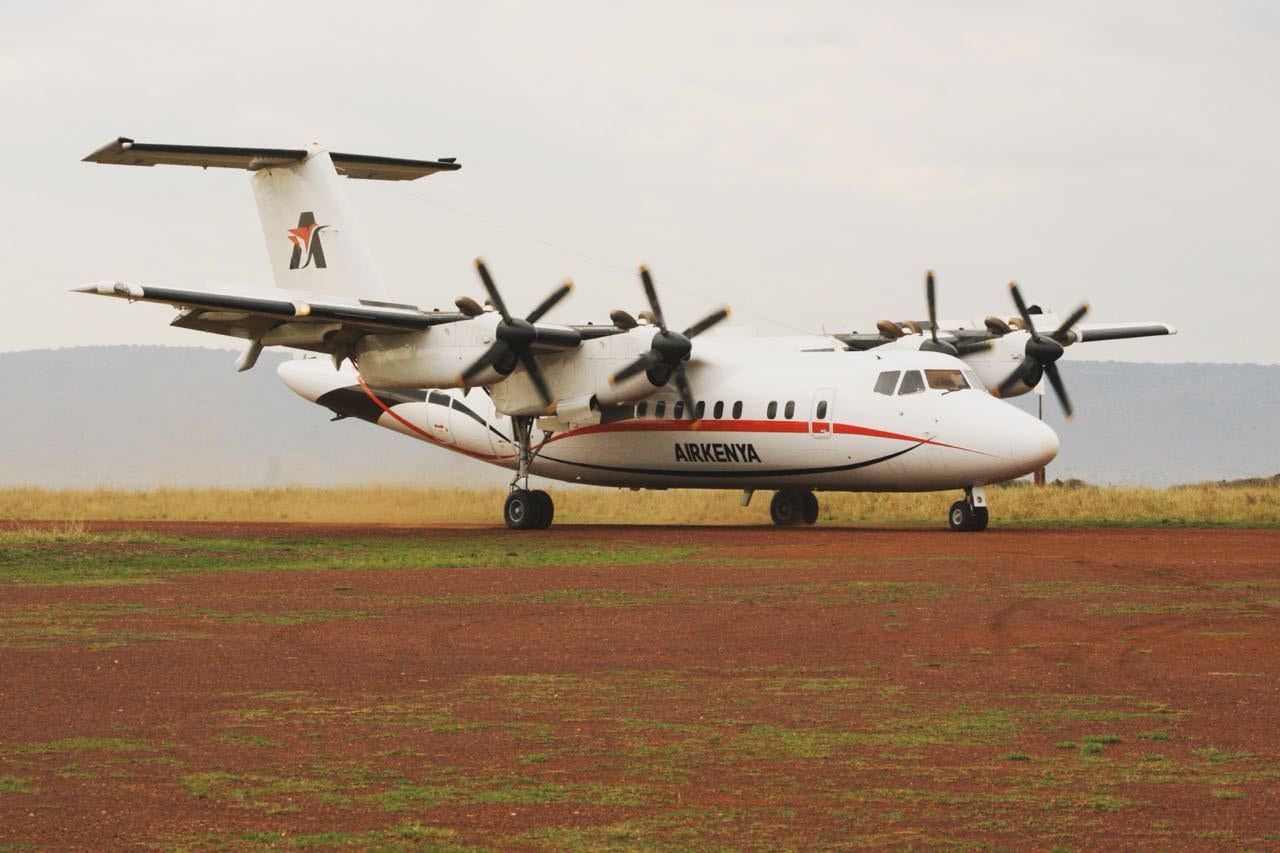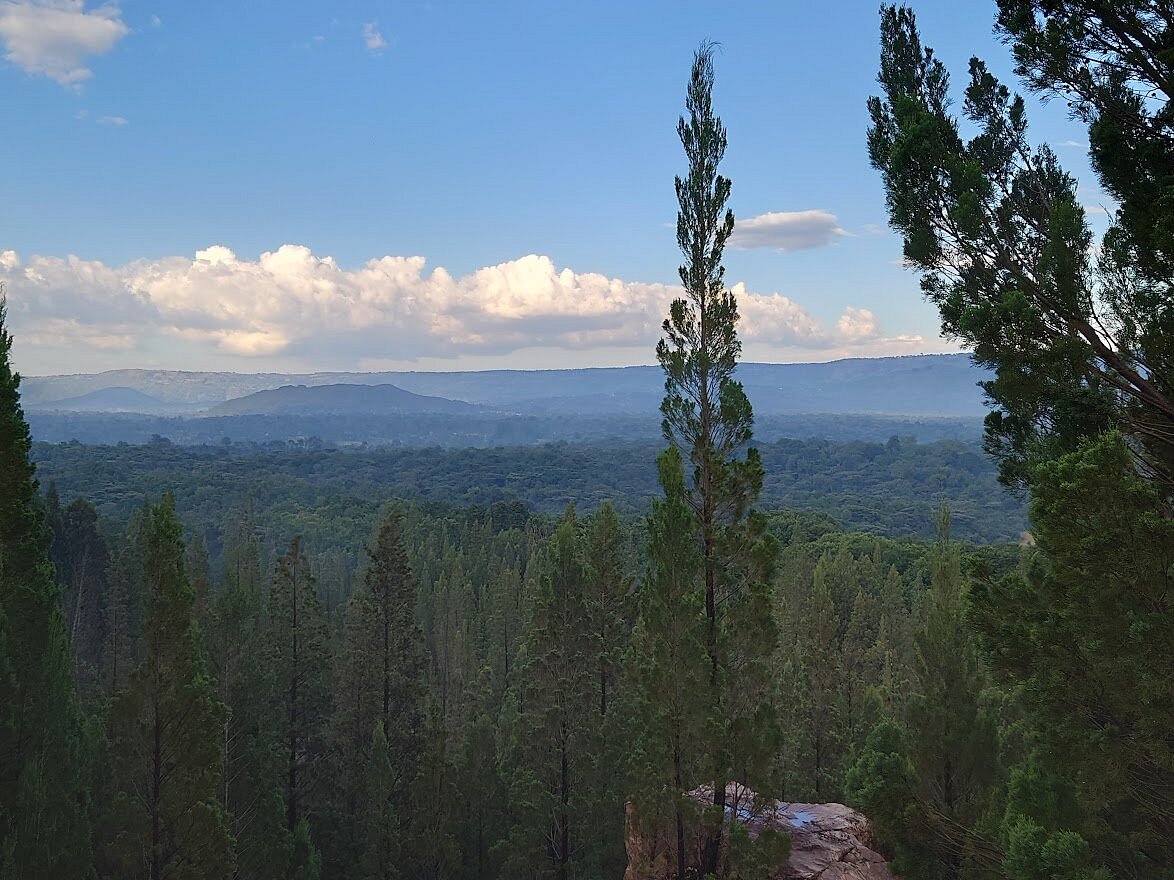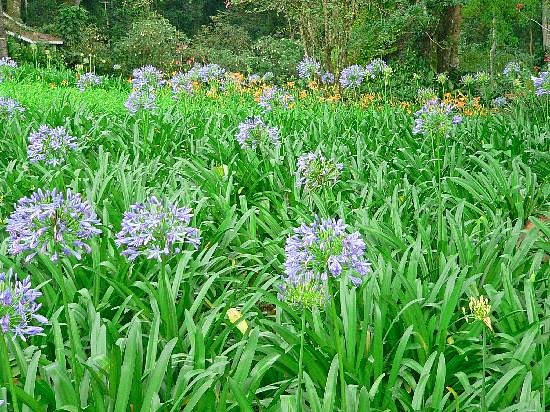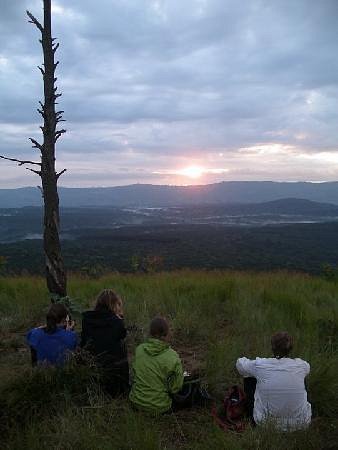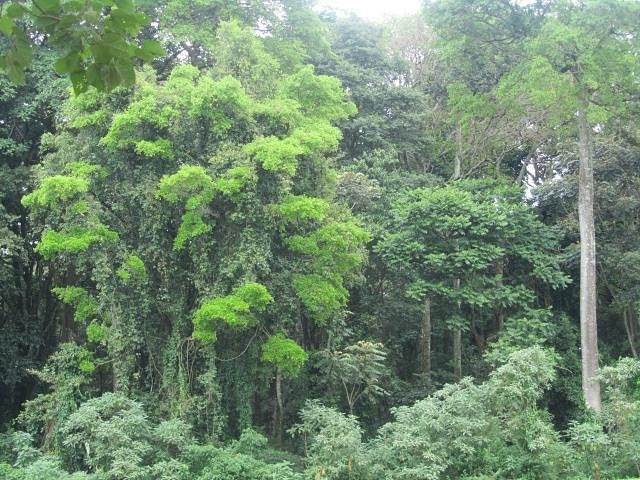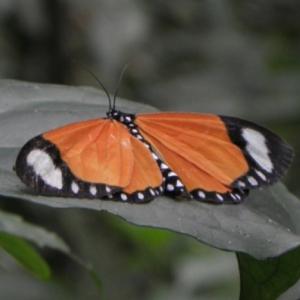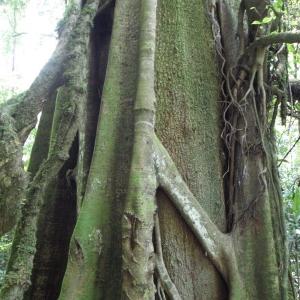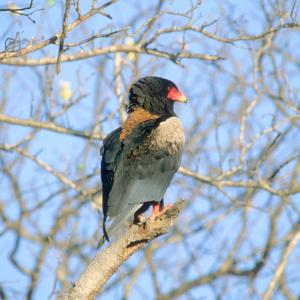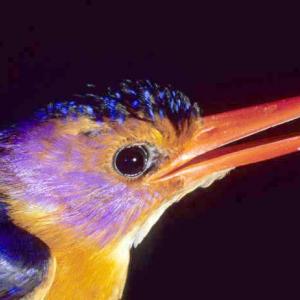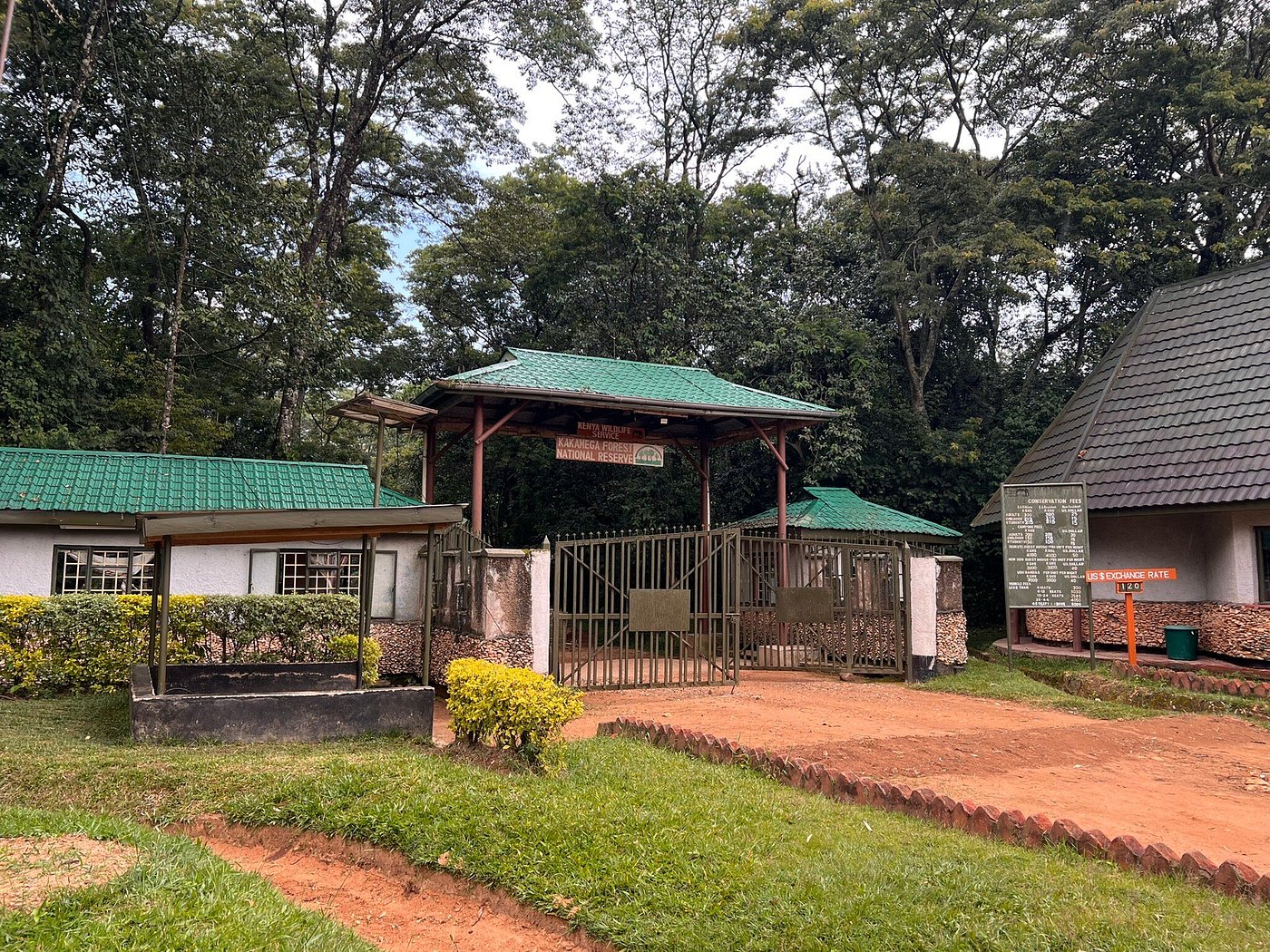
Kakamega National Park
Overview
Kakamega National Park is a captivating tropical rainforest nestled in western Kenya, near the town of Kakamega. Despite being one of Kenya's lesser-known national parks, Kakamega is celebrated for its remarkable biodiversity and distinctive ecosystem. Covering an area of approximately 238 square kilometers, this lush forest is a rare relic of the ancient equatorial rainforests that once spanned across the region. The park is a haven for a variety of flora and fauna, boasting an impressive range of plant species, including towering hardwood trees and vibrant flowering plants. Wildlife enthusiasts can encounter an array of mammals, such as the elusive forest elephant, bongo antelope, and the agile blue monkey. Birdwatchers will find Kakamega National Park a paradise, with over 300 recorded bird species, including the rare Great Blue Turaco and African Pitta. The park's well-maintained trails offer visitors the chance to explore its rich vegetation and enjoy serene walks amidst the dense canopy. With its unique rainforest environment, Kakamega National Park provides a serene escape into one of Kenya's most biodiverse and pristine natural habitats.
Park access
Main Gate: Located at the headquarters of the park, this gate serves as the primary entry point for visitors. It is often used by those arriving from Kakamega town and nearby areas.
Buyangu Gate: Situated on the eastern side of the park, the Buyangu Gate provides access to the Buyangu area of the forest. It is convenient for visitors coming from the direction of Kisumu or nearby towns.
Isecheno Gate: This gate is located on the western side of the park and offers access to the Isecheno area. It is often used by visitors coming from the direction of Webuye or other western regions.
Lirhanda Gate: Positioned on the northern boundary of the park, the Lirhanda Gate provides entry to the Lirhanda area. It is accessible for visitors arriving from towns such as Mumias or Bungoma.
Park gates
Main Gate: Located at the headquarters of the park, this gate serves as the primary entry point for visitors. It is often used by those arriving from Kakamega town and nearby areas.
Buyangu Gate: Situated on the eastern side of the park, the Buyangu Gate provides access to the Buyangu area of the forest. It is convenient for visitors coming from the direction of Kisumu or nearby towns.
Isecheno Gate: This gate is located on the western side of the park and offers access to the Isecheno area. It is often used by visitors coming from the direction of Webuye or other western regions.
Lirhanda Gate: Positioned on the northern boundary of the park, the Lirhanda Gate provides entry to the Lirhanda area. It is accessible for visitors arriving from towns such as Mumias or Bungoma.
Park attractions
Kakamega National Park is particularly renowned for its birdlife, boasting over 400 species of birds, including the rare Great Blue Turaco, African Grey Parrot, and Blue-headed Bee-eater. Birdwatchers flock to the park to catch glimpses of these elusive and colorful avian species.
In addition to its diverse bird population, the park is also home to numerous mammal species, including primates such as black-and-white colobus monkeys, De Brazza's monkeys, and vervet monkeys. Other mammals that can be spotted within the park include forest elephants, buffaloes, leopards, and various antelope species.
Park wildlife
Kakamega National Park is particularly renowned for its birdlife, boasting over 400 species of birds, including the rare Great Blue Turaco, African Grey Parrot, and Blue-headed Bee-eater. Birdwatchers flock to the park to catch glimpses of these elusive and colorful avian species.
In addition to its diverse bird population, the park is also home to numerous mammal species, including primates such as black-and-white colobus monkeys, De Brazza's monkeys, and vervet monkeys. Other mammals that can be spotted within the park include forest elephants, buffaloes, leopards, and various antelope species.
Camping
For those seeking a more immersive experience, camping facilities are available within the park, allowing visitors to spend the night surrounded by the sights and sounds of the rainforest.

